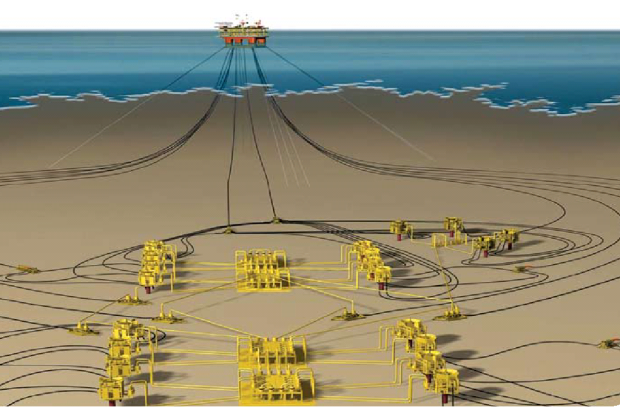 By Paul Hunkar, DSInteroperability
By Paul Hunkar, DSInteroperability
Introduction
In the oil and gas industry there is a push to try to minimize the cost associated with the engineering and validation of the control system. This is especially true for off shore platforms, where there are multiple companies that provide various aspects of these systems. These vendors specialize in topside platform controls or subsea controls, but all of these systems must work together seamlessly. Since these controls are deployed in locations that at times are very hard to reach, making any changes after deployment can be very expensive. The engineering cost for these systems is often in excess of millions of dollars with project development beyond a year.
In general, component level development of these systems, whether it is topside control system or subsea control, is somewhat straightforward. The challenge is to effectively interface these different systems, and the interface level is where problems are most likely to occur. Many of the initial interface assumptions can prove to be incorrect only during factory acceptance or integration testing. A great deal of time and effort is then needed to rectify these issues; unfortunately, late in the project development with both time and cost impacts.
Many operating companies would like to see a standard communication interface between the subsea gateway, the MCS (Master Control Station) and the DCS (Distributed Control System). This standard interface would include the definition of a protocol for handling the communication. This protocol would need to be able to support functionality such as redundancy, robust communication and in this day and age security. Another key feature that is required and from which much of the cost savings would result is the development of a standardized information model.
Some operating companies have internally developed standardized models, which contribute to long term cost savings as well as reduced project development time. These initial models have provided valuable savings to the operating companies. The subsequent step to these initial standardized models was a standardized interface; which led to a joint industry organization to develop an industrial interface standard.
MDIS
The MCS-DCS Interface Standardization (MDIS) network was formed with involvement from key industry subsea equipment vendors, topsides DCS vendors and oil and gas operating companies. The list of current members is: ABB, Aker Solutions, BP, Chevron, ConocoPhillips, Dril-Quip, Emerson, ENGlobal, ExxonMobil, FMC, GE Oil and Gas, Honeywell, Invensys, Wood Group Kenny, Kongsberg, OneSubsea, Petrobras, Prediktor, Proserv, Rockwell Automation, Shell, Siemens, Statoil, Total, W-Industries, Woodside, Yokogawa. Using the network group as a collaborative resource to the industry, MDIS is able to facilitate information exchange in furthering development of the standard MCS-DCS interface The MDIS organization has selected following an evaluation of relevant industry protocols, the OPC UA protocol to provide this MCS to DCS communication link. In order to further realize savings from this standard protocol, it was also necessary to define standard objects models for commonly used equipment (e.g. valve, choke etc), which would be exchanged through the interface.
Read the entire article here.